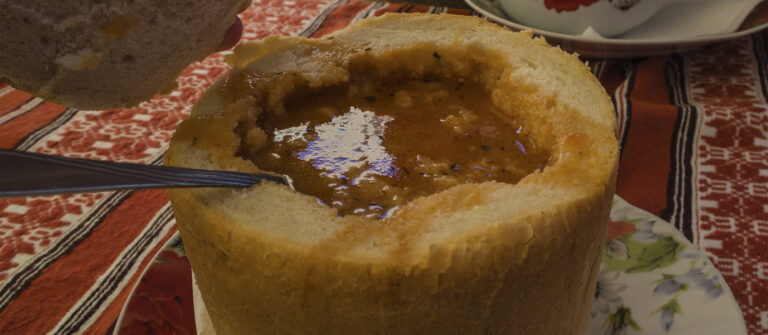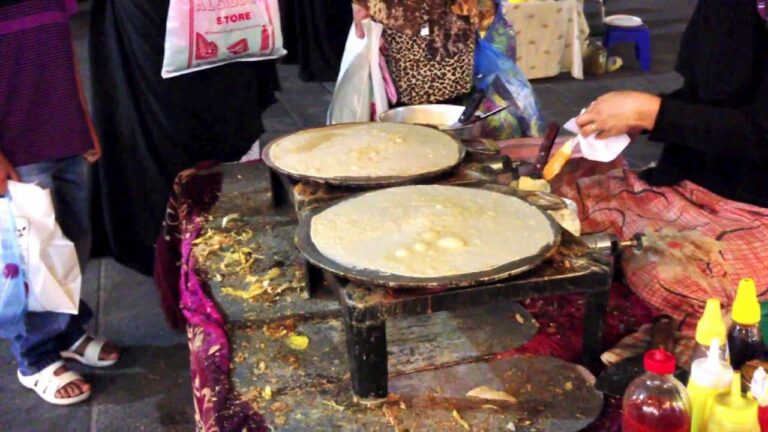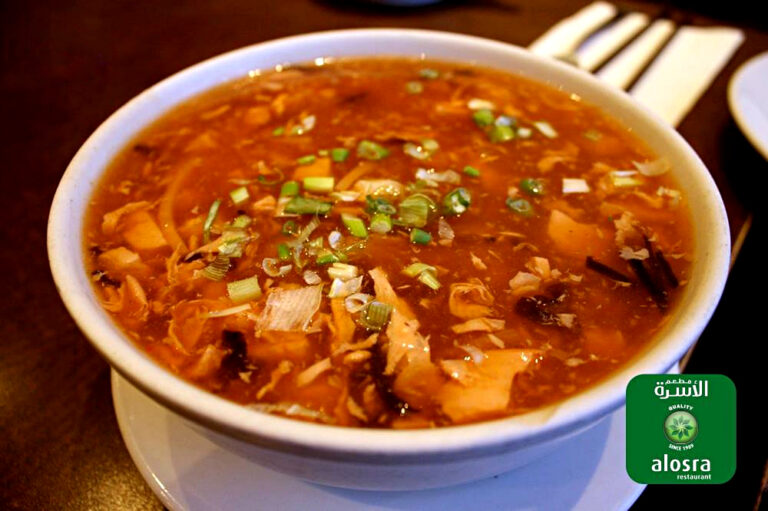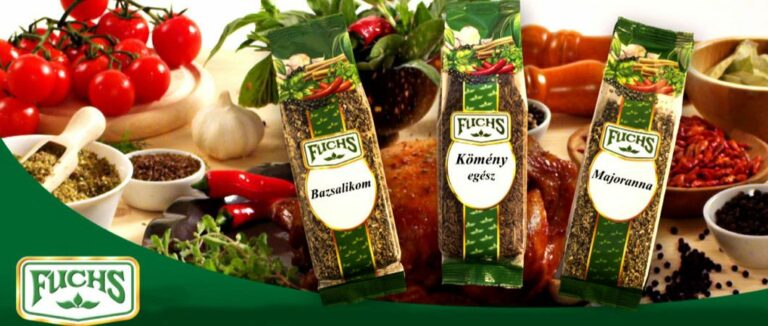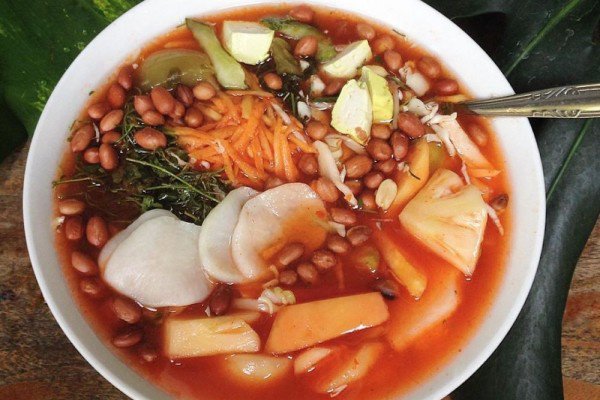Introduction: Romanian Soup and Stew Traditions
Romanian cuisine is known for its hearty soups and stews, which are often enjoyed as a main course. These dishes have a long history, with some recipes dating back to the Middle Ages. Soups and stews are an important part of Romanian culture and are often served at family gatherings and celebrations.
Romanian soups and stews are typically made with fresh, seasonal ingredients, and are packed with flavor. Many traditional recipes have been passed down through generations, and each region of Romania has its own unique soup and stew specialties.
Sour Cream and Vegetables: Common Elements of Romanian Soups
Sour cream is a staple ingredient in many Romanian soups. It is often added just before serving, giving the dish a creamy texture and tangy flavor. Vegetables are also a key component of many Romanian soups, with cabbage, carrots, onions, and potatoes being popular choices.
One of the most famous Romanian soups is ciorbă, a sour soup that can be made with a variety of meats or vegetables. Ciorbă de burtă, made with tripe, is a popular version of the dish. Other vegetable-based soups include zacuscă, a thick soup made with roasted eggplants and peppers, and borș, a sour soup made with fermented wheat bran.
Meat-Based Soups: Traditional Romanian Flavors
Meat is a common ingredient in many Romanian soups and stews. Pork is the most popular meat used, but beef, chicken, and lamb are also common. Many traditional recipes call for bone-in meat, which is simmered in broth for hours to create a flavorful base for the soup.
One of the most beloved Romanian soups is ciorbă de perișoare, a meatball soup made with ground pork and beef. Another popular dish is tocană, a meat stew made with pork, potatoes, and onions. Sarmale, stuffed cabbage rolls filled with pork and rice, are often served with a side of sour cream.
Paprika, Cauliflower, and Other Key Ingredients in Romanian Stews
Stews are another popular type of dish in Romanian cuisine. They are typically made with meat, vegetables, and a flavorful broth. Paprika is a key ingredient in many Romanian stews, giving them a warm, rich flavor. Cauliflower is also a common ingredient, adding a subtle sweetness to the dish.
One of the most famous Romanian stews is mici, a grilled meat dish made with ground pork and beef. Another popular stew is ghiveci, made with a variety of vegetables, including eggplant, zucchini, and carrots.
The Importance of Broth in Romanian Soup-Making
Broth is a critical component of many Romanian soups and stews. It is typically made by simmering bones and vegetables in water for several hours, creating a rich, flavorful base for the dish. This process is time-consuming but essential, as the broth is what gives the soup or stew its depth of flavor.
A well-made broth can take any soup or stew to the next level. It adds complexity and depth, enhancing the other flavors in the dish. When making a Romanian soup or stew, it’s important to take the time to create a flavorful broth.
Lesser Known Ingredients: Nettle, Lovage, and Other Romanian Soup Additions
Some Romanian soups and stews feature lesser-known ingredients, such as nettles and lovage. Nettles are a type of herb that are used in soups to add a unique, earthy flavor. Lovage, a type of herb similar to celery, is often added to soups and stews for its aromatic qualities.
Other unique ingredients include lăptucă, a type of lettuce used in some soups, and pătlăgele, a type of squash used in stews. These ingredients add depth and complexity to the dish, making Romanian soups and stews truly unique.

